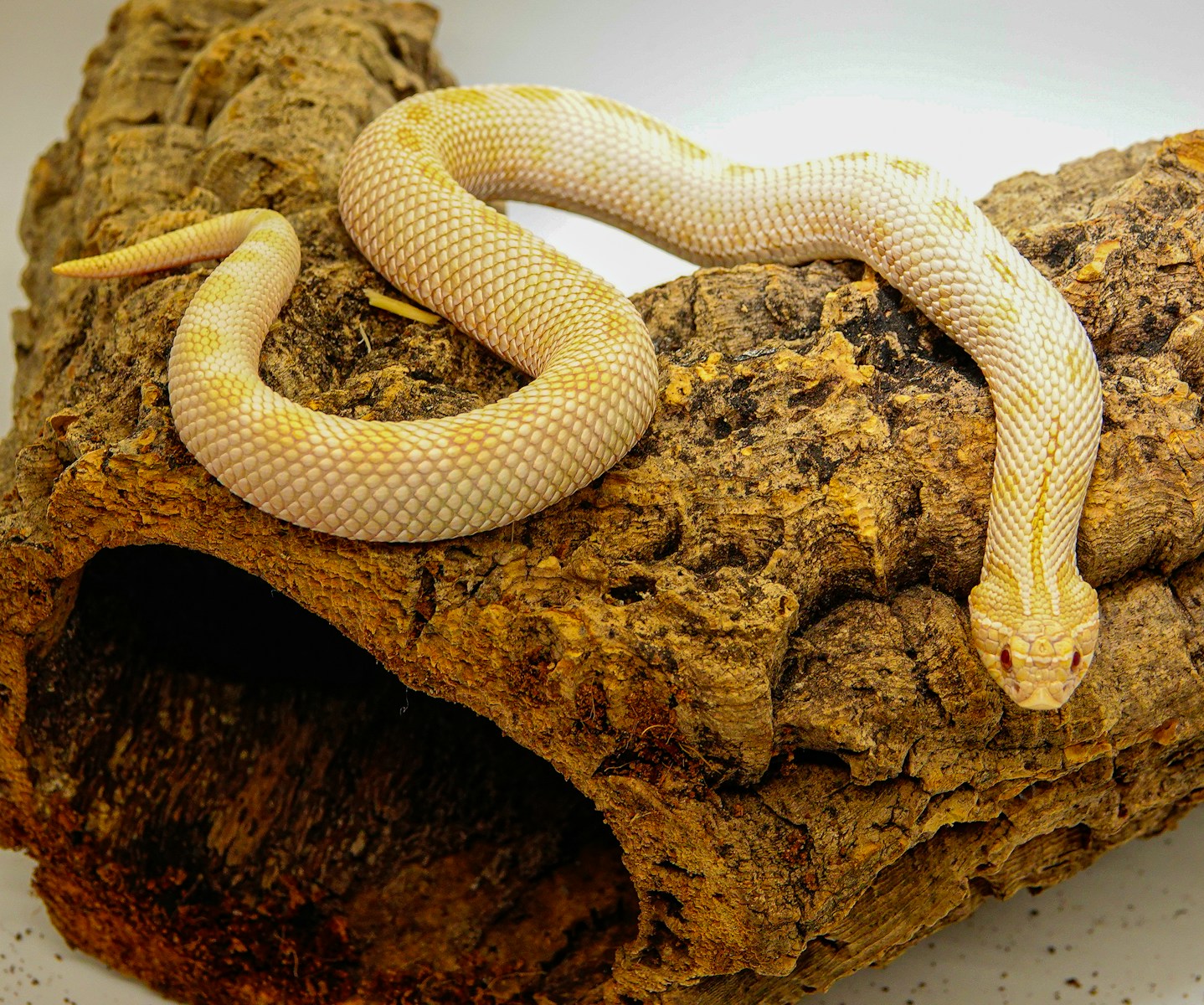The moment a snake hatches marks the beginning of an independent life where survival depends entirely on its ability to find food. Unlike many animals where parents provide initial meals or hunting lessons, most snake species must fend for themselves from day one. This fascinating transition from egg to predator involves complex biological mechanisms, innate behaviors, and environmental factors that guide these reptiles toward their first successful hunt. The initial prey selection of a neonate snake isn’t random chance—it’s the result of millions of years of evolutionary adaptations that have fine-tuned these remarkable hunters. Let’s explore the fascinating world of how newly hatched snakes make that crucial first meal decision.
The Immediate Challenges of Neonate Snakes

When a snake first breaks through its egg shell, it enters a world full of potential dangers and limited opportunities. These neonate (newborn) snakes typically receive no parental care and must navigate finding food while avoiding becoming food themselves. Many species hatch with a remnant yolk sac that provides initial nutrition, giving them a brief window—typically a few days to a week—to locate their first meal. During this critical period, the snake’s body undergoes rapid physiological changes as digestive systems activate and sensory capabilities sharpen. This transition period between hatching and first feeding represents one of the most vulnerable phases in a snake’s life, with mortality rates often exceeding 50% in wild populations during the first weeks of life.
Innate Prey Recognition Mechanisms
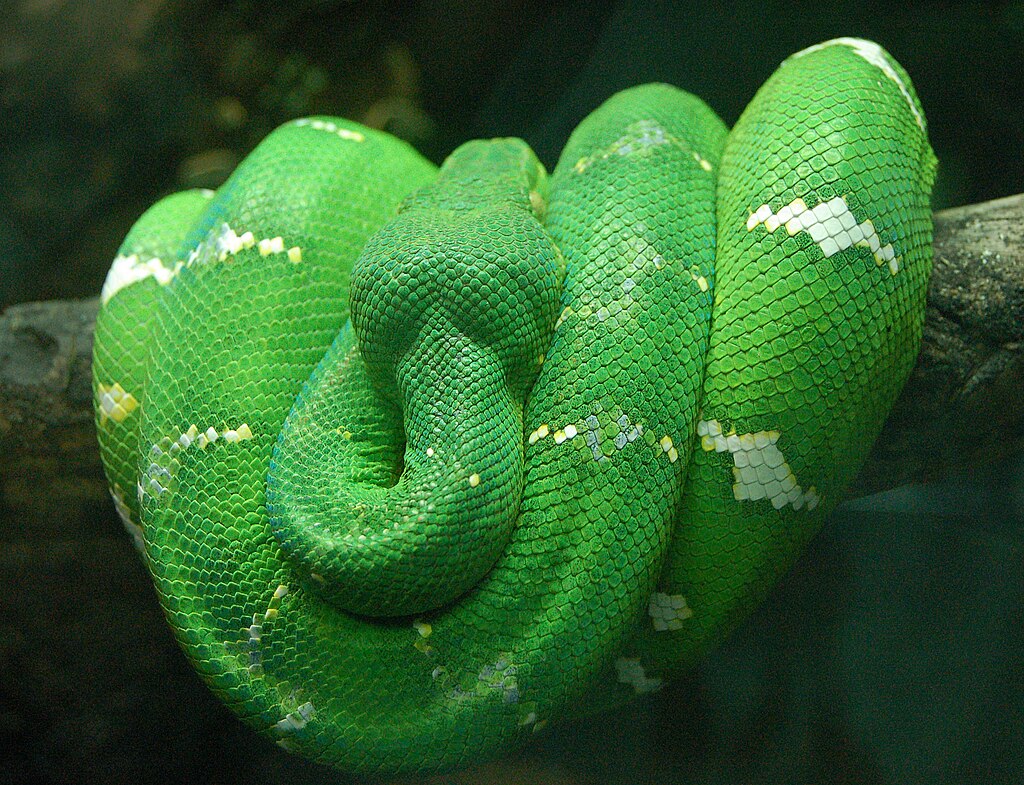
Rather than learning what to eat through experience or observation, most snake species hatch with genetic programming that helps them recognize suitable prey. This innate prey recognition system operates through specialized neural pathways that respond to specific stimuli such as movement patterns, size profiles, and scent signatures characteristic of their natural prey. Research has demonstrated that naive snakes (those that have never encountered prey before) will strike at and consume appropriate prey items without any prior experience or learning. This remarkable ability suggests that prey recognition in snakes is largely hardwired rather than learned, though environmental factors can refine these instincts. Studies using artificially scented prey models have shown that even when visual cues are identical, neonate snakes can discriminate between prey and non-prey based on chemical signatures alone.
Size-Appropriate Prey Selection
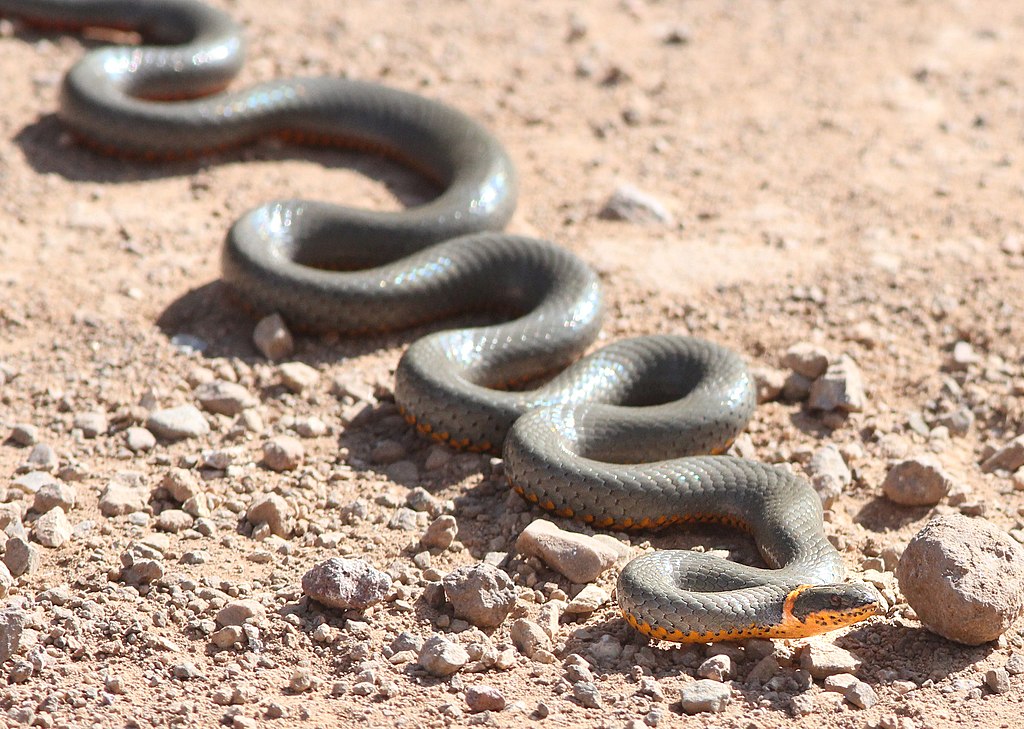
Newly hatched snakes instinctively target prey items proportionate to their own size, a crucial adaptation that prevents potentially fatal feeding attempts. Most neonate snakes begin their hunting careers targeting small prey such as insects, small amphibians, lizards, or nestling rodents that pose minimal threat and can be safely swallowed. This size constraint is particularly evident in constricting species like pythons and boas, where attempting to overpower prey too large could result in injury or death of the young snake. Interestingly, some species show remarkable precision in their first prey selection—juvenile garter snakes, for example, can distinguish between appropriately-sized worms and those too large to consume, even without prior feeding experience. As the snake grows, its prey preferences gradually shift toward larger animals, tracking its increasing gape size and strength.
The Role of Vomeronasal Organs

The vomeronasal organ, or Jacobson’s organ, plays a central role in how neonate snakes identify their first meals. This specialized sensory structure, located in the roof of the mouth, detects chemical particles collected by the snake’s flickering tongue. When a snake extends its tongue, it gathers scent molecules from the environment and delivers them to the vomeronasal organ for analysis. Remarkably, this system allows snakes to create a three-dimensional chemical map of their surroundings, detecting both airborne scents and chemical trails left on surfaces. Experiments have shown that blocking the vomeronasal organ significantly impairs a neonate snake’s ability to locate and identify appropriate prey, highlighting how critical this chemical sensing system is to early feeding success. Even among visually-oriented hunting snakes, chemical detection remains the primary method for confirming prey suitability before striking.
Species-Specific Prey Preferences
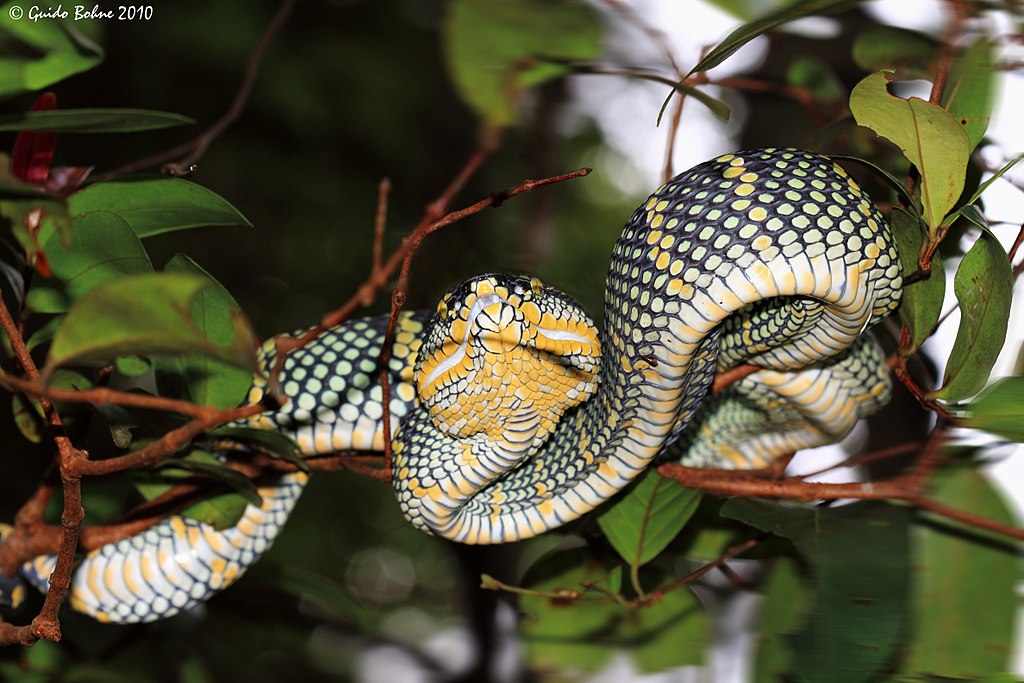
Different snake species exhibit distinct prey preferences from birth that reflect their evolutionary history and ecological niche. Garter snakes typically hatch with strong preferences for amphibians and worms, while neonate rat snakes often target small lizards or nestling rodents for their initial meals. Pit vipers, with their heat-sensing facial pits already functional at birth, commonly focus on small mammals detected through both thermal and chemical cues. These preferences aren’t merely general tendencies—they often represent highly specific attractions to particular prey types. For example, studies have shown that neonate brown tree snakes from Guam exhibit stronger feeding responses to lizard scents than to rodent scents, reflecting their natural diet in the wild. These innate preferences help direct a young snake’s limited energy toward locating the most appropriate and accessible food sources in their environment.
The Influence of Maternal Diet

Emerging research suggests that a mother snake’s diet during pregnancy may influence the prey preferences of her offspring, particularly in viviparous (live-bearing) species. This phenomenon, sometimes called “chemical imprinting,” occurs when chemical compounds from the mother’s food pass through the placental membrane or yolk and subtly affect the developing embryo’s sensory systems. In controlled studies, newborn garter snakes from mothers fed primarily fish showed stronger responses to fish extracts than offspring from mothers fed mainly earthworms. This maternal influence doesn’t override innate preferences but may fine-tune a neonate’s responses to locally abundant prey. For species living in diverse habitats where multiple prey types are available, this subtle maternal guidance could give offspring a crucial advantage in targeting the most accessible local food sources immediately after birth.
Heat-Sensing Abilities in Young Pit Vipers
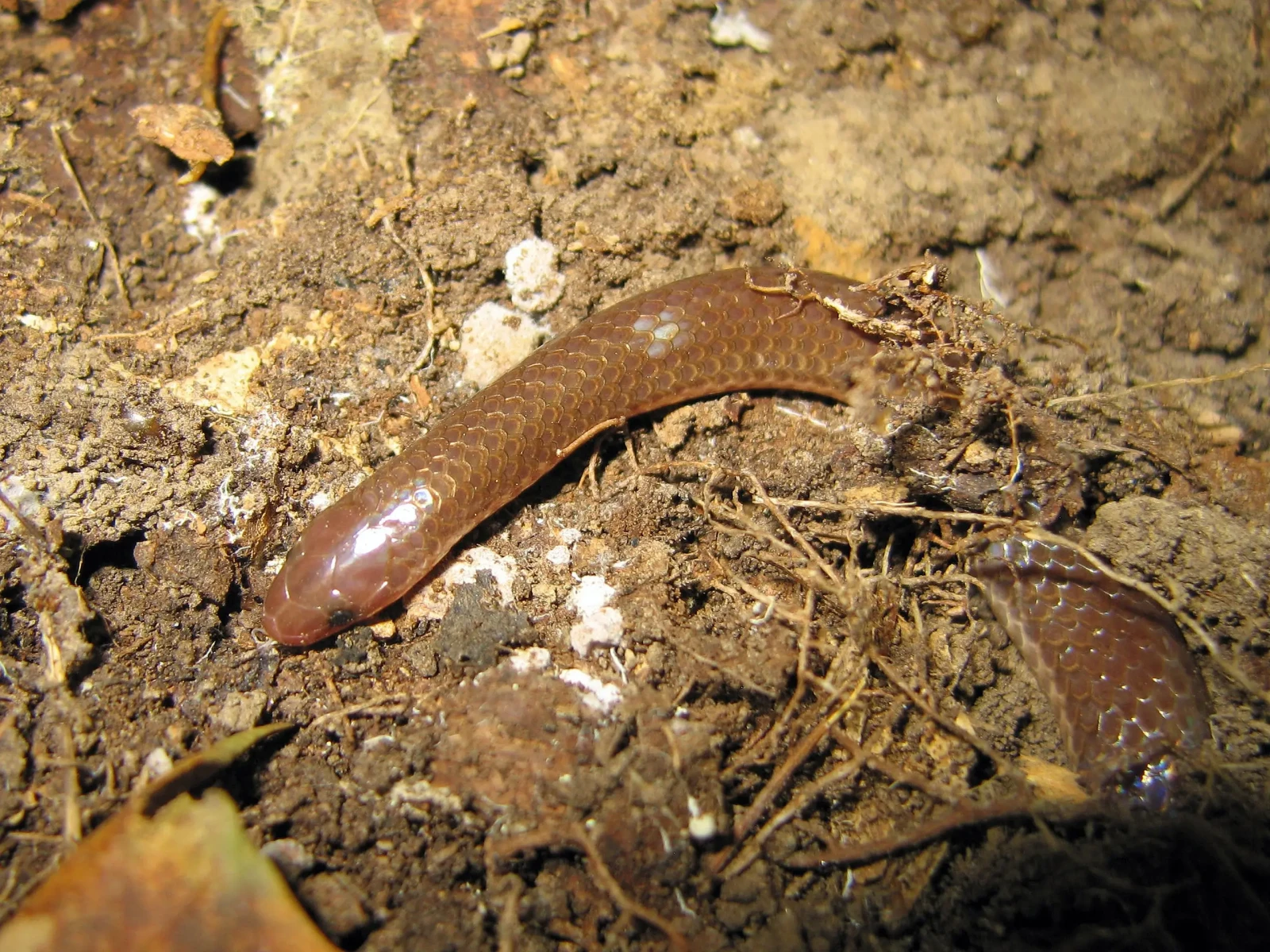
Pit vipers, including rattlesnakes, copperheads, and cottonmouths, emerge from eggs with fully functioning heat-sensing pit organs that provide them with a remarkable advantage in locating their first meals. These specialized organs can detect temperature differences as small as 0.003°C, essentially allowing the snake to “see” the heat signatures of warm-blooded prey even in complete darkness. Neonate pit vipers display coordinated use of both visual, chemical, and thermal information when hunting, creating a multimodal sensory picture that guides their strikes with surprising accuracy. Studies using infrared-blocking filters have demonstrated that young pit vipers deprived of thermal information show significantly reduced striking accuracy compared to those with fully functioning pit organs. This sophisticated heat-detection system enables even day-old pit vipers to precisely target vital areas on small rodents, increasing their chances of a successful first hunt.
Hunting Strategy Development
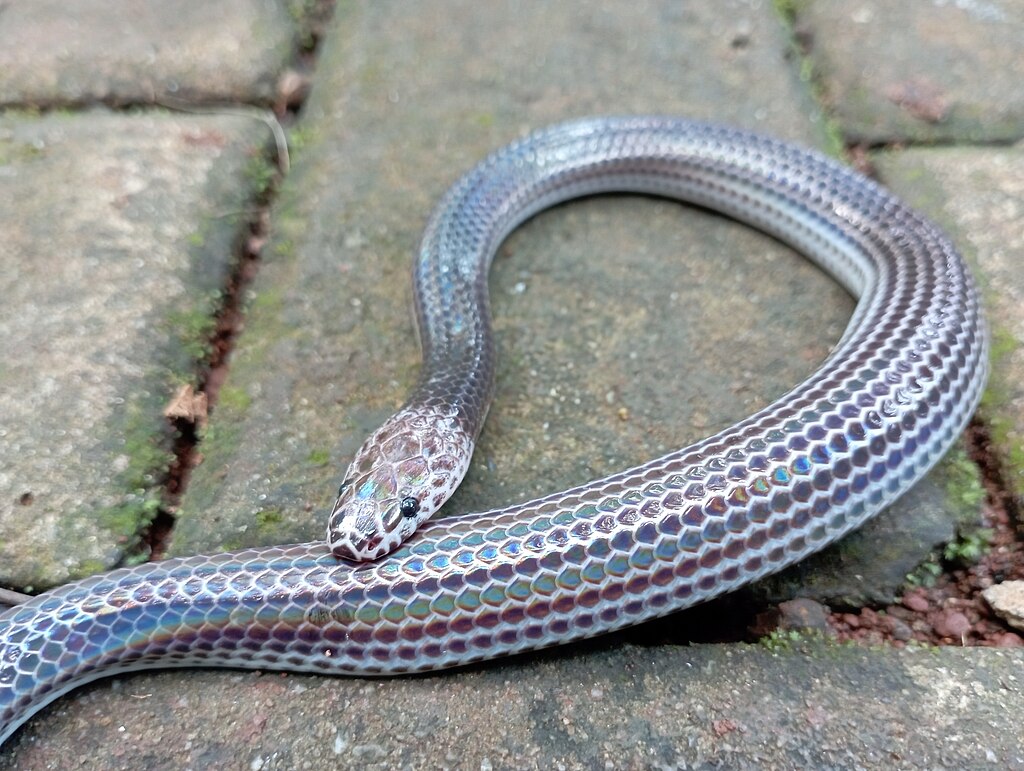
While prey recognition may be innate, the refinement of hunting techniques develops through experience beginning with a snake’s first feeding attempts. Young ambush hunters like pythons and vipers often display less-than-perfect positioning, striking distance judgment, and prey restraint techniques during initial hunting attempts. However, these skills improve rapidly with experience, suggesting a combination of innate programming and experiential learning shapes hunting behavior. For active foragers like king snakes and racers, early hunting experiences help calibrate search patterns, movement speeds, and response thresholds to prey encounters. Interestingly, studies comparing the hunting success rates of experienced and inexperienced neonate snakes show significant improvements after just 2-3 successful feedings, highlighting how quickly these reptiles optimize their predatory behaviors. This rapid learning curve represents a crucial adaptation that increases survival chances during the vulnerable early life stage.
Environmental Influences on First Prey Selection
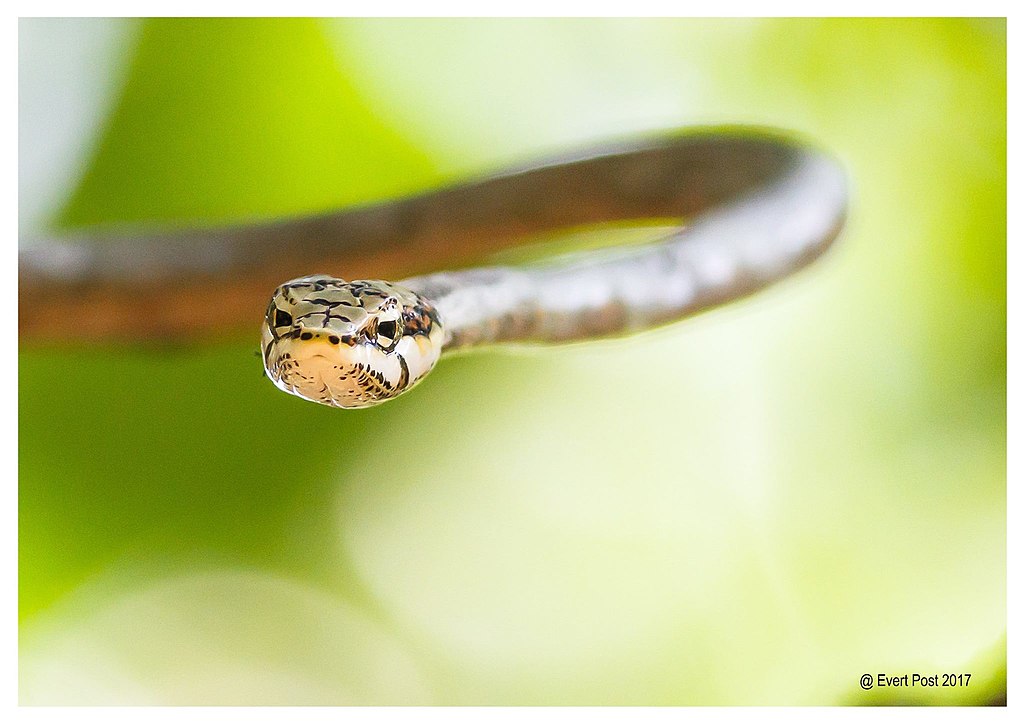
The immediate environment a snake hatches into significantly shapes its first prey encounters and feeding opportunities. Seasonal timing of hatching often coincides with peak abundance of appropriate prey—many North American colubrids hatch in late summer when newly metamorphosed amphibians and hatchling lizards are abundant. Local habitat characteristics also create prey availability patterns that influence initial feeding success, with some snake species showing remarkable flexibility in targeting whatever suitable prey is most abundant. Temperature gradients affect both the snake’s activity level and that of potential prey, creating dynamic conditions that can either facilitate or hinder successful hunting. Research tracking neonate snakes in the wild reveals that many species make microhabitat selections that optimize their chances of encountering appropriate prey while minimizing exposure to predators, suggesting sophisticated environmental assessment even at a very young age.
Chemical Trail Following Behavior
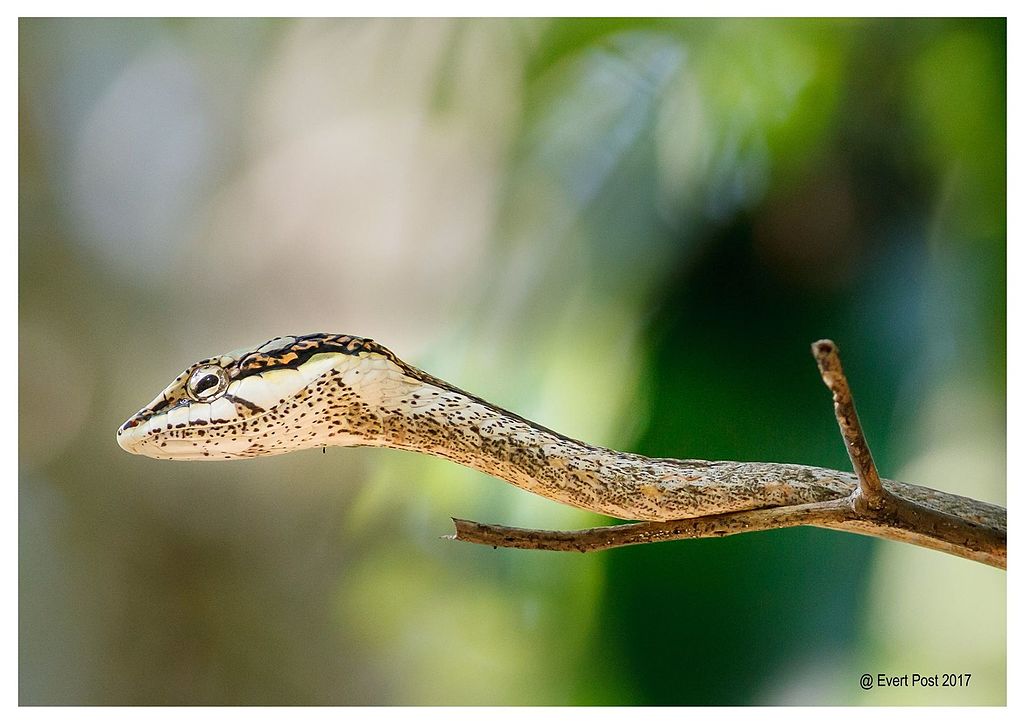
Many newly hatched snakes locate their first meals by following chemical trails left by potential prey as they move through the environment. This behavior, known as chemosensory searching, allows young snakes to efficiently track prey even when direct visual contact hasn’t been established. When a neonate snake detects a promising scent, it engages in increased tongue-flicking behavior and begins moving in patterns that allow it to follow increasing concentration gradients toward the prey’s location. For species that specialize in tracking and consuming other reptiles, like king snakes, this ability to follow scent trails is particularly developed even at birth. Laboratory studies using Y-maze experiments have demonstrated that neonate snakes can discriminate between trails left by suitable prey and non-prey species with remarkable accuracy. This chemical tracking ability compensates for the limited visual range and hunting experience of newly hatched snakes, increasing their chances of successful early feeding.
Vision’s Role in First Predatory Strikes
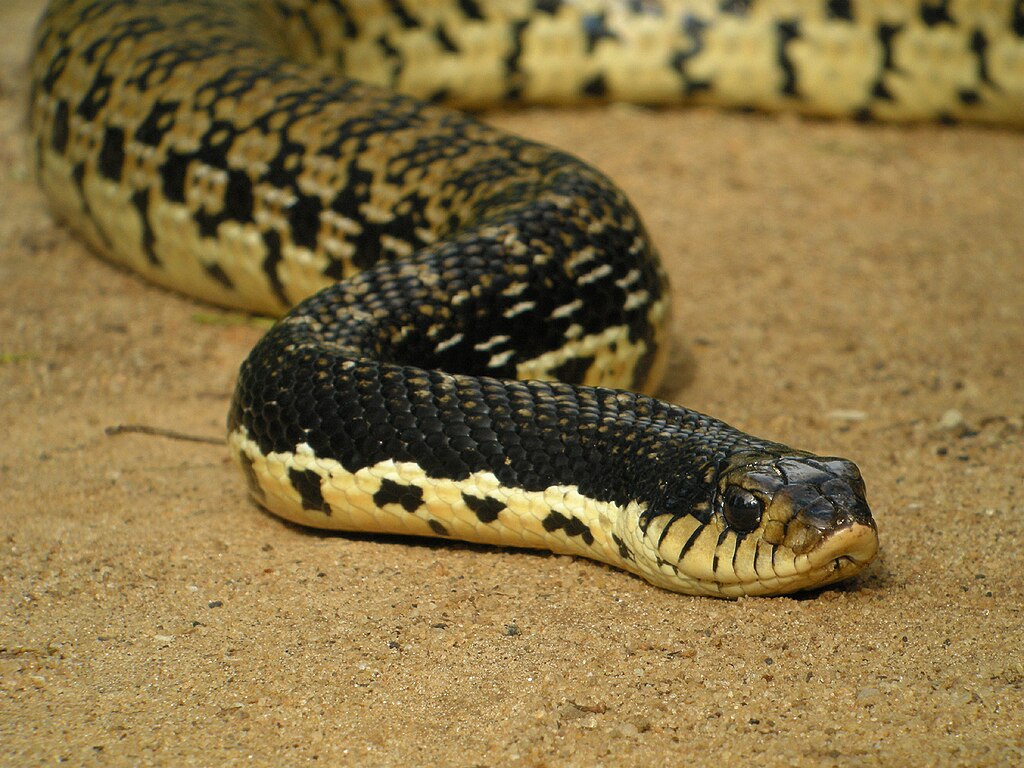
While chemical senses dominate prey detection in most snake species, vision plays a critical supporting role in the precise execution of strikes for many neonate snakes. Species that employ active hunting strategies, such as racers and whipsnakes, hatch with well-developed vision that helps them detect prey movement and guide accurate strikes. Experiments using visual isolation have shown that even when chemical cues confirm prey presence, many visually-oriented hunting snakes show reduced strike accuracy when deprived of visual information. The visual system of neonate snakes is particularly tuned to detect movement patterns characteristic of their natural prey—small, intermittent movements trigger stronger predatory responses than continuous motion or stillness. For diurnal hunting species, this visual specialization complements chemical sensing to create a comprehensive prey detection system that functions effectively from the first day of independent life.
Prey Immobilization Techniques
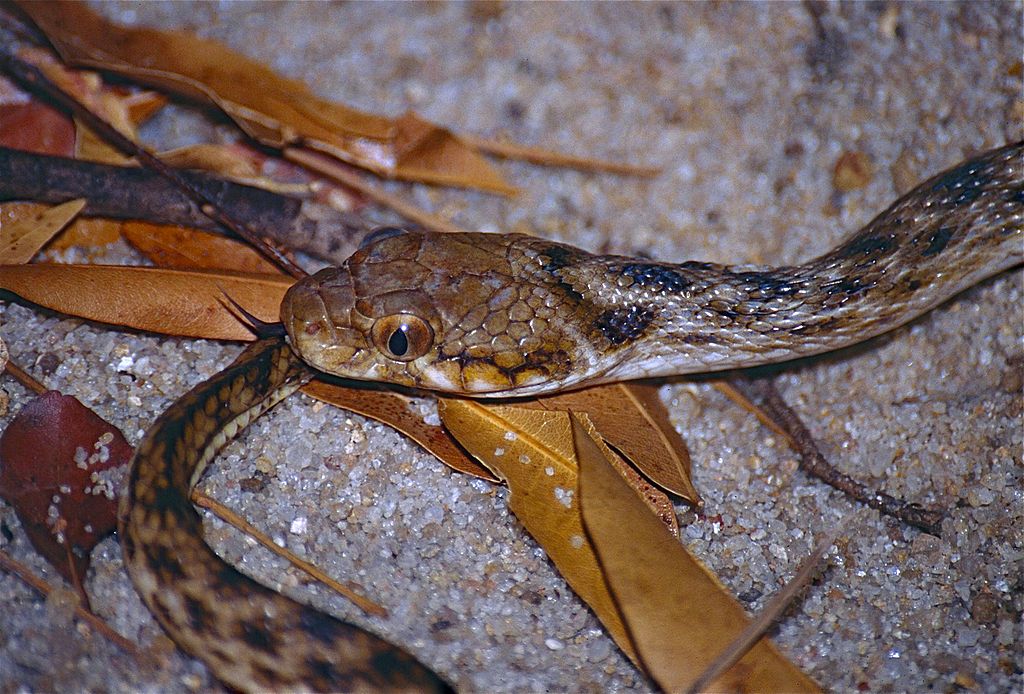
How a neonate snake subdues its first prey depends on species-specific adaptations that are fully functional at birth. Venomous species emerge with venom glands loaded and delivery systems operational, though venom composition may differ somewhat from adult conspecifics. Young constrictors display innate coiling behaviors that, while sometimes less refined than those of adults, effectively restrict blood flow to prey. Even rear-fanged snakes with mild venom, such as hognose snakes, instinctively know to chew venomous secretions into prey to facilitate subduing and digesting their first meals. Remarkably, these complex behaviors require no parental demonstration or practice—they execute correctly the very first time they’re needed. High-speed photography of first-ever strikes by neonate snakes reveals the fundamental patterns of prey capture are present from birth, though timing and coordination improve with experience.
Challenges and Mortality During First Feeding
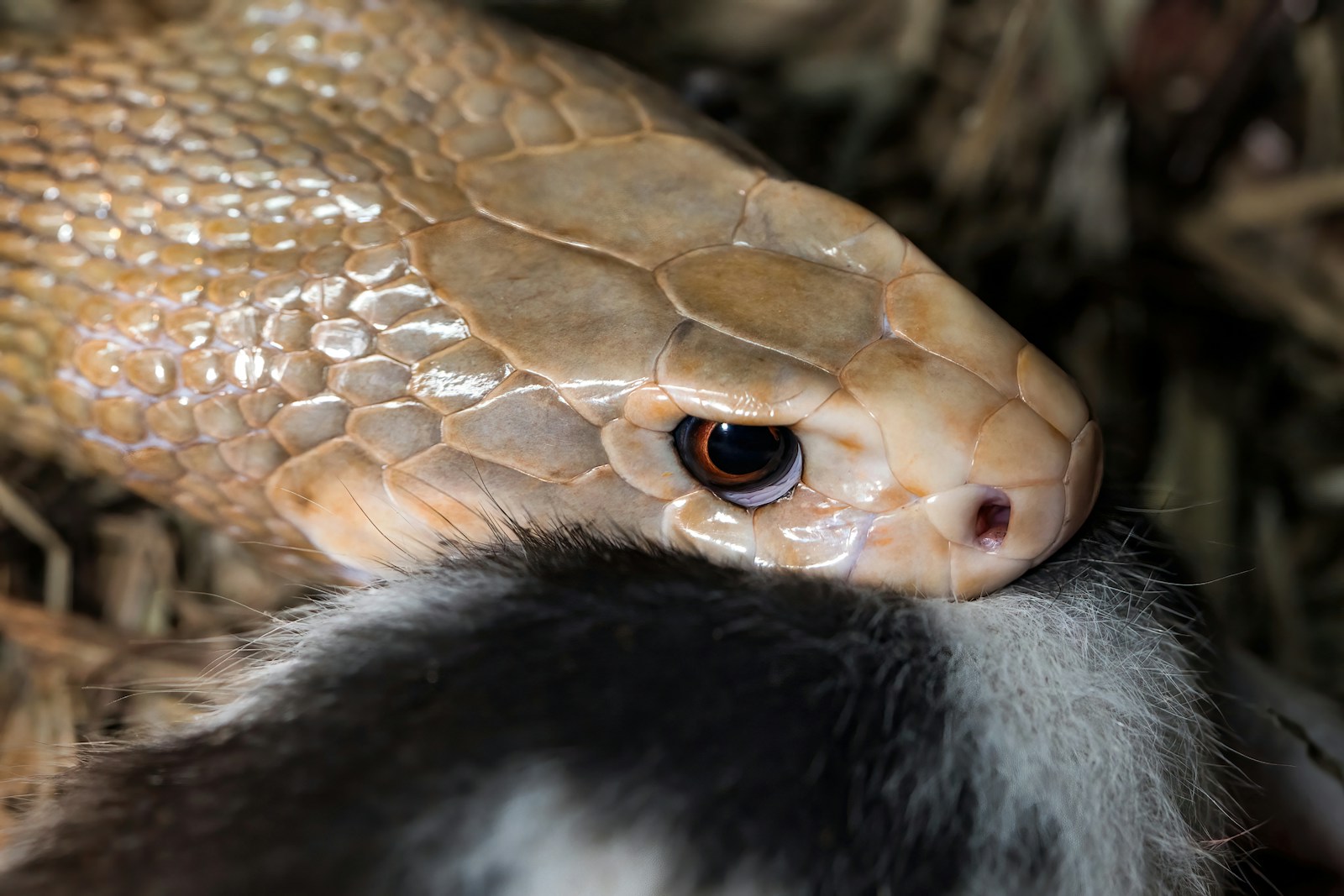
The period surrounding a snake’s first feeding attempt represents one of the highest mortality risks in its life cycle. Inexperienced hunters may miss strikes, fail to properly subdue prey, or even mistakenly target dangerous animals that can inflict injury. Starvation is a significant threat if suitable prey isn’t found before yolk reserves are depleted, with some studies suggesting mortality rates exceeding 70% in certain populations during the first month post-hatching. Predation risk increases during hunting, as the movement and focus required to track prey can expose young snakes to their own predators. Digestive challenges also present risks—if a snake successfully captures prey too large or difficult to digest, it may regurgitate or suffer impaction, both potentially fatal outcomes. These combined challenges explain why snake reproductive strategies typically involve producing relatively large numbers of offspring, with the expectation that only a small percentage will survive to adulthood.
Significance of First Successful Feeding
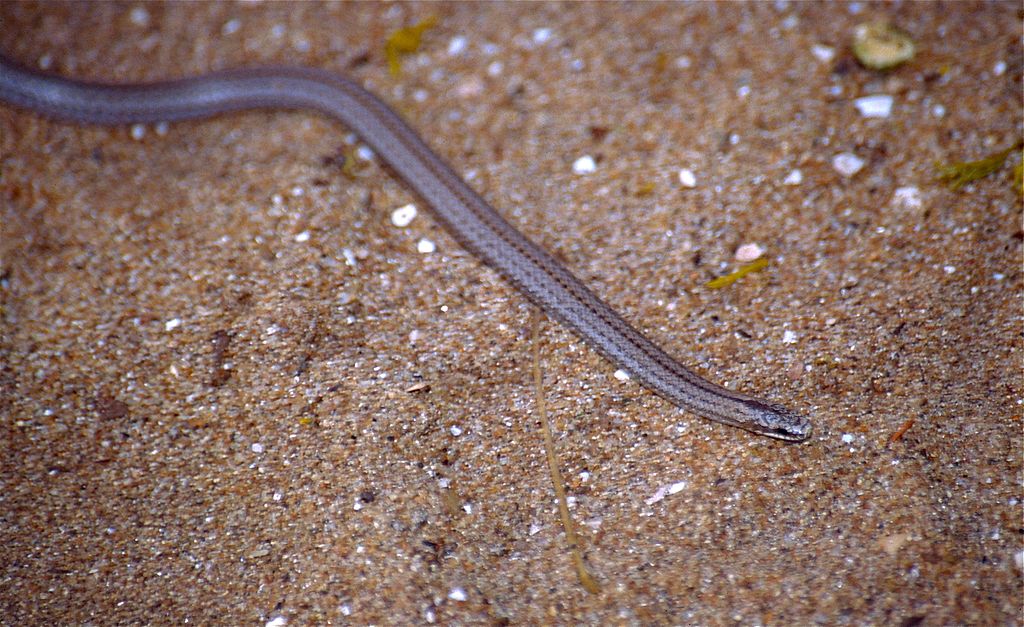
The first successful prey capture and digestion represents a pivotal milestone in a young snake’s life, triggering important physiological and behavioral changes. This initial feeding stimulates growth of the digestive tract, prompts increased production of digestive enzymes, and initiates a cascade of hormonal changes that accelerate overall development. Behaviorally, the success reinforces hunting patterns and refines predatory responses through a form of operant conditioning. Energy obtained from this critical first meal extends the snake’s survival window, allowing it to continue hunting with reduced pressure from imminent starvation. Research tracking marked neonate snakes in the wild suggests that individuals who secure a first meal within the first week post-hatching show significantly higher survival rates through the first month compared to those with delayed initial feeding. This first success creates a positive feedback loop of improved condition, increased hunting efficiency, and enhanced survival prospects.
Conclusion
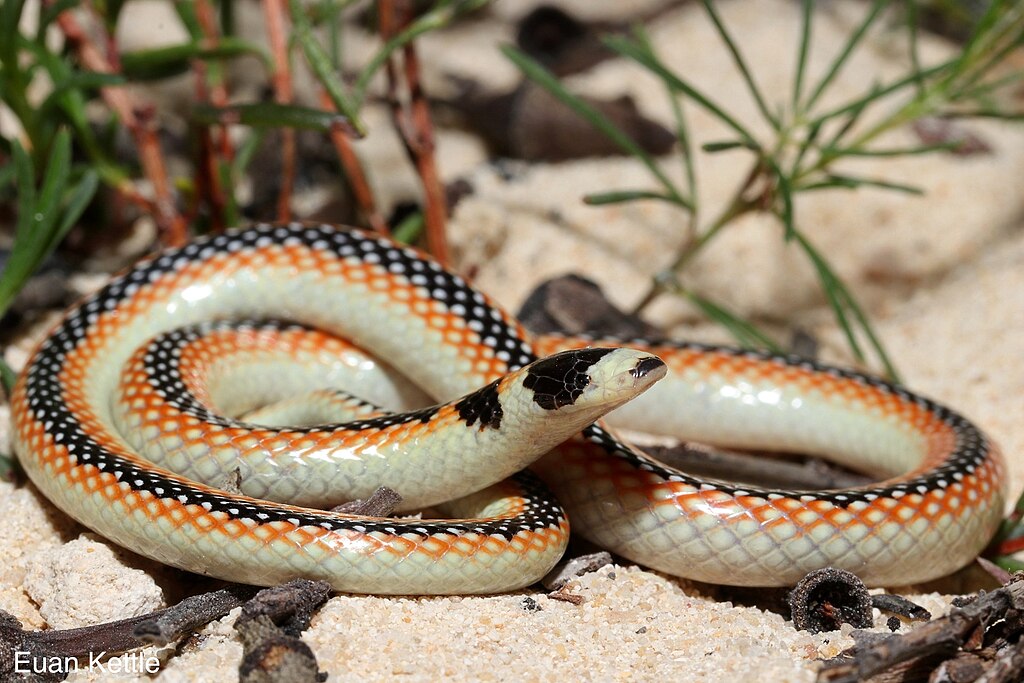
The process by which newly hatched snakes select and capture their first prey represents an extraordinary blend of innate programming and environmental interaction. From specialized sensory systems that activate at birth to hardwired hunting behaviors that execute with surprising precision, neonate snakes demonstrate remarkable adaptations that maximize their chances of early feeding success. While many factors influence this critical life transition—from maternal diet to local prey availability—the fundamental mechanisms guiding first prey selection reflect millions of years of evolutionary refinement. Understanding how these young predators bridge the vulnerable gap between hatching and successful feeding not only illuminates a fascinating aspect of reptile biology but also highlights the sophisticated solutions nature has developed for one of life’s most fundamental challenges: finding that first critical meal.

